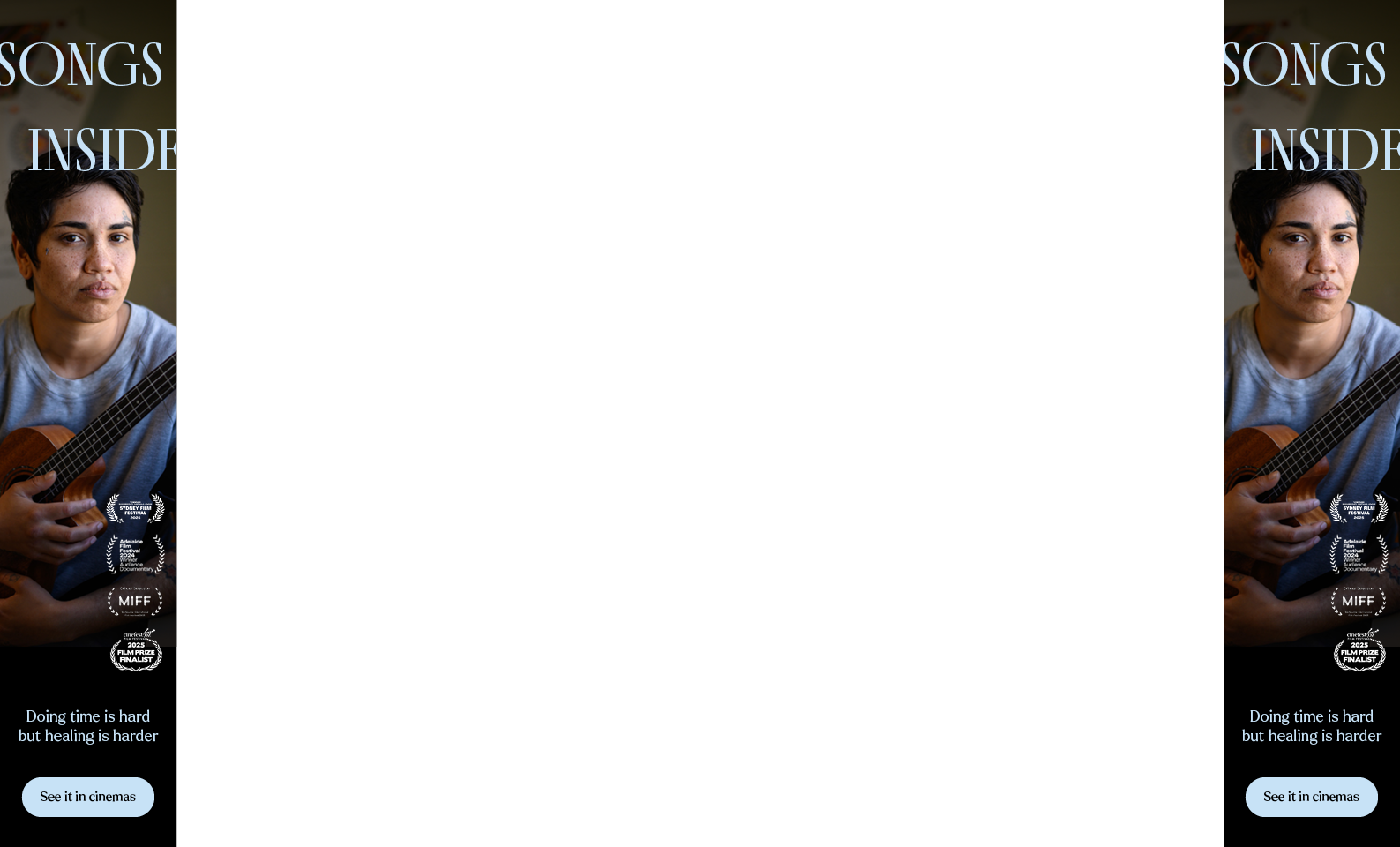by Brad Smallbone
Modern audiences aren’t satisfied with one-size-fits-all entertainment anymore, and the film world is rushing to keep up. As viewers search for experiences that feel personal and tailored, cinema is starting to reshape itself around the individual rather than the crowd.
For all the talk about box office numbers and franchise fatigue, the truth is simpler. People want to feel seen. They want films, platforms and cultural spaces that speak to their tastes, their moods and the way they move through the world. The modern moviegoer is still hungry for spectacle, but they also want something that feels made for them rather than the masses.
Cinema has never stopped evolving, but audiences have changed faster than the studios expected. The hunger for something personal has become the defining trait of today’s film culture.
The Shift Toward Tailored Viewing
You can see the shift everywhere. Streaming platforms build elaborate recommendation engines. Directors post behind the scenes clips directly to fans. Indie filmmakers cultivate small but intensely loyal followings through social channels. Even film festivals have started offering curated digital passes that adjust to what you tend to watch, whether that’s slow cinema, genre experiments, or documentaries with sharp political edges.
People want to feel like their choices matter. Not just as numbers in an algorithm, but as individuals who shape what they watch and how they watch it.
This push toward personalisation has spilled over into unrelated digital spaces too. Plenty of platforms are starting to offer tiered experiences or member-only perks, just to replicate that feeling of being on the inside. Personalisation isn’t just a film trend; it’s become the baseline expectation for how people interact with any digital platform.
In online gaming and gambling platforms, for example, brands build VIP club structures where players can choose how deeply they want to engage, unlock tailored rewards, and access experiences that feel reserved for regulars rather than passers-by. It’s the same logic: the more personal the journey feels, the more invested the audience becomes.
Audiences have learned to crave that feeling across every corner of the internet, and it has carried straight into film culture.
Why Personal Attention Matters to Film Fans
Film is intimate. Even the loudest blockbuster wants to hit you in the chest, trigger something familiar, or wake up a part of your imagination that daily life doesn’t reach. When audiences feel like the experience is tailored to them, the emotional impact hits harder.
Think about how people talk about movies now. They say things like “It feels like it was made for me,” even when the film is massive and mainstream. What they mean is that something about the story, the tone, or the aesthetic echoed the way they see the world.
Studios used to assume this effect was accidental. Now they chase it.
Influencers and film commentators curate watchlists that feel more like mixtapes than marketing. YouTube essayists build entire channels around hyper specific genres, from neon-soaked thrillers to quiet character dramas. Directors host AMAs to explain their choices in ways that feel like they’re letting you peek behind the creative curtain. All of this creates a kind of emotional concierge service for film lovers.
The more personal the experience feels, the more devoted the audience becomes.
The New Hunt for Intimacy in a Crowded Market
In a world with endless options, intimacy has become currency. People are less drawn to size and more drawn to specificity. Anyone can watch a blockbuster, but not everyone feels at home in one.
This is why niche genres have seen such a rise. Horror, art house animation, folk thrillers and even micro budget dramas have found loyal global audiences. These films don’t try to please everyone. They speak directly to the people who are wired to love them.
Digital culture has mirrored that shift. The internet once felt like one massive public square, but now it’s a labyrinth of small rooms. Fans gravitate toward the ones that match their tastes. Movie discussion servers, curated Tumblr archives, Letterboxd lists that feel like personality tests and small online communities that celebrate films most people haven’t heard of.
The secret isn’t scale. It’s intimacy.
When Film Preferences Become Personal Brands
Like it or not, film taste has become an extension of personal identity. People don’t just watch movies. They collect them, categorise them and express themselves through them. Your Letterboxd favourites say something about who you are. The directors you quote become part of your online voice. Even the posters on your wall aren’t random decor. They’re small autobiography entries.
So it makes sense that audiences want film culture to feel shaped around them. If cinema has become a personal language, then every related digital experience needs to speak that same dialect.
Studios have picked up on this. Trailers are cut to appeal to micro communities. Posters are designed in multiple variants to match fan aesthetics. Some releases even drop limited digital extras that only certain pockets of the audience will appreciate. It’s all part of building a moviegoing experience that feels handcrafted.
Where Personalisation Goes Next
The next wave of personalisation probably won’t come from studios alone. It will come from the spaces where fans gather and express themselves. The rise of interactive film discussions, AI-assisted watchlist generators, fan curated digital screenings and creators who treat viewers like collaborators instead of consumers suggests a future where the line between audience and industry blurs even further.
People no longer want a front row seat. They want a tailored seat. They want to choose the angle, the company, the context and the emotional temperature of the experience.
Cinema has always been about connection. The difference now is that viewers expect the connection to feel mutual. When a film, a platform, or a community pays attention to what they love, audiences give that attention back with a level of loyalty that can’t be bought.
The future of moviegoing isn’t about size. It’s about fit.




